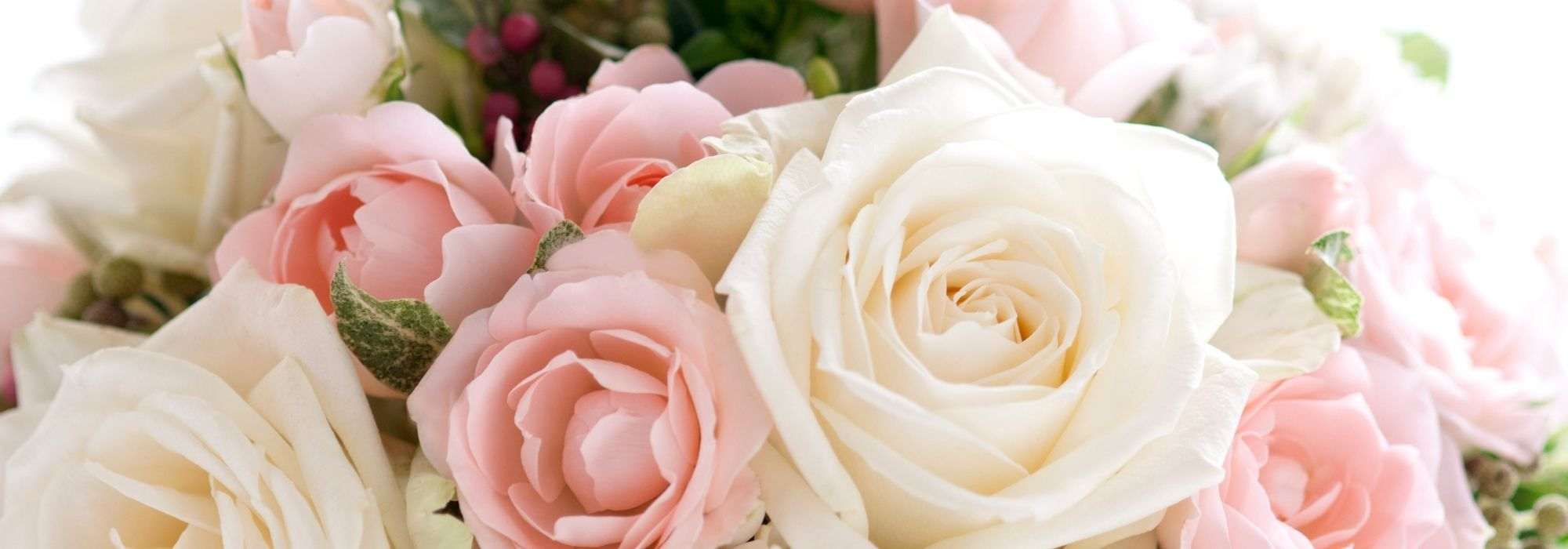
10 tips for creating beautiful rose bouquets
Picking, arranging and caring for the bouquet
Contents
If rosebushes planted in our gardens or on our terraces delight us, roses are also ideal for creating a lovely bouquet and bringing a touch of natural beauty indoors. Old garden roses, English roses, hybrid teas, wild roses… the variety of shapes is almost endless, as is the palette of colours, from pure white to passionate red, through subtle shades of pink, mauve and yellow. Rose fragrance is an additional asset to consider when creating beautiful fragrant rose bouquets. Discover our tips for creating beautiful rose bouquets.
Choosing healthy roses in bud
Choose flowers still in bud, vigorous, with healthy foliage and stems. Roses with long, sturdy stems are known to hold up well in a vase, for example the rose ‘Rouge Adam’, the rose ‘Paris d’Yves Saint Laurent’, the rose ‘Charles de Gaulle’, the old rose ‘Paul Neyron’ or the rose ‘Iceberg’ (‘Snow Fairy’).
However, that doesn’t prevent you from using old or wild-looking roses to enhance your bouquets, especially if you want to create a rustic, country-style atmosphere at home.
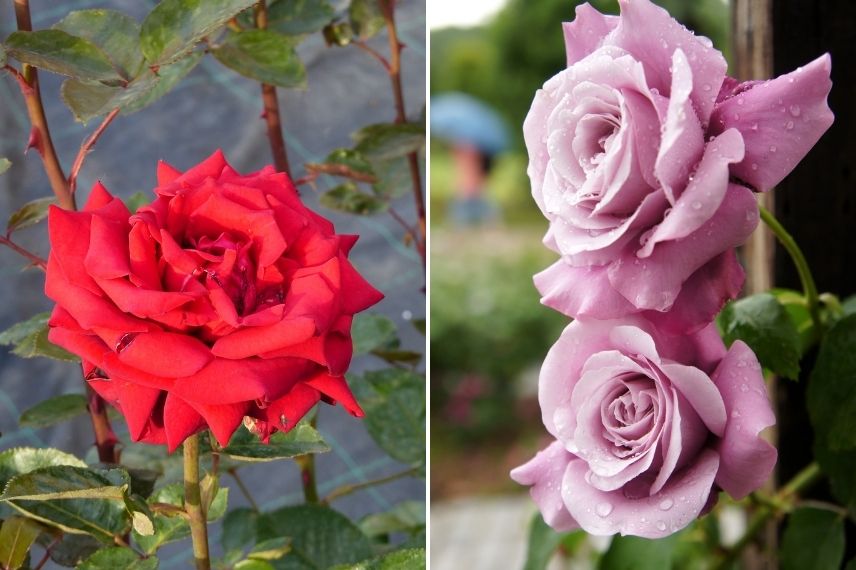
Left: rose ‘Rouge Adam’ ; right: rose ‘Charles De Gaulle’ (Wikimedia photo)
Read also
The scent of rosesChoosing fragrant roses
Scent is another factor to consider when composing your bouquet of roses. To get the most from the scent of flowers, stick to a single fragrance type. To fill your home with sweet, heady fragrances, you can opt for roses Centifolia Muscosa. Also known as cabbage roses due to their very full heads of petals, they are grown in Grasse and highly prized by perfumers.
Discover other Roses
View all →Available in 0 sizes
Available in 2 sizes
Available in 1 sizes
Available in 2 sizes
Available in 2 sizes
Available in 2 sizes
Available in 3 sizes
Available in 2 sizes
Available in 2 sizes
Available in 2 sizes
When and how to cut roses?
Pick roses and flowers preferably during coolest parts of day, such as morning or evening.
Cut them with disinfected, well-sharpened pruning shear, making a clean, sharp cut to the stem. Avoid crushing stem.
Place cut flowers quickly into fresh water to preserve them.

Pair roses with flowers that have the same vase life.
Choose flowers that have at least the same vase life as roses, namely about 1 week on average. This is the case, for example, with cosmos, delphiniums, sweet peas, love-in-a-mist, daisies, pinks or ranunculus.
You can combine them with other types of flowers or with different types of roses to create variations in shape, for example by mixing romantic English roses with the rounded elegance of hybrid tea roses.
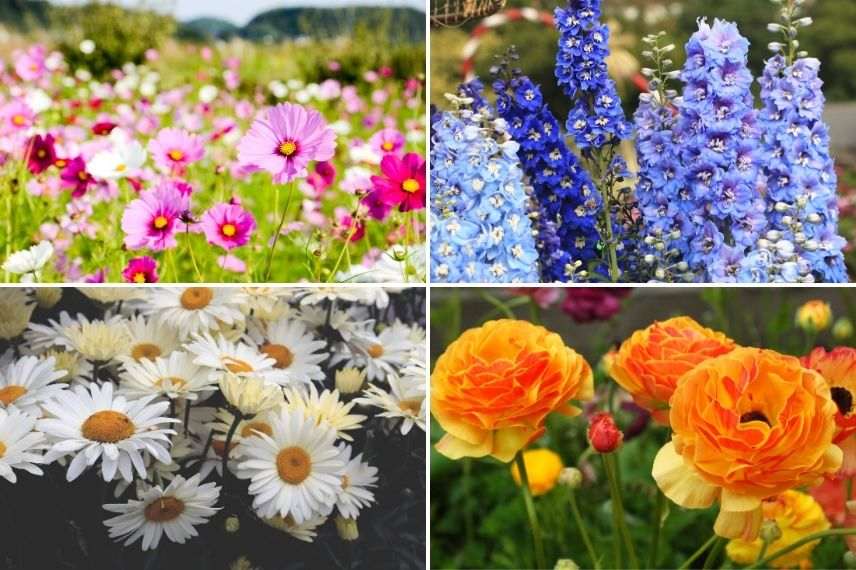
Top: Cosmos and Delphiniums; bottom: Daisies and Ranunculus
To compose classic or graphic bouquets
For a classic bouquet, pair red roses with small delicate white flowers such as gypsophila or statice.
For a very graphic effect, dress the rose bouquet with foliage with elegant lines, such as branches of eucalyptus, or the shiny, smooth leaves of Aspidistra, which can be folded, if too long, to form a leafy frame around the roses.
If you want to add a whimsical touch, you can use, as foliage, ferns or Panicum, light as an ornamental grass, or branches with decorative fruits such as Hypericum, charming with its red berries.
For an even more spectacular effect, combine roses with bold, graphic flowers, such as arums or with vertical lines such as lilies and gladioli.
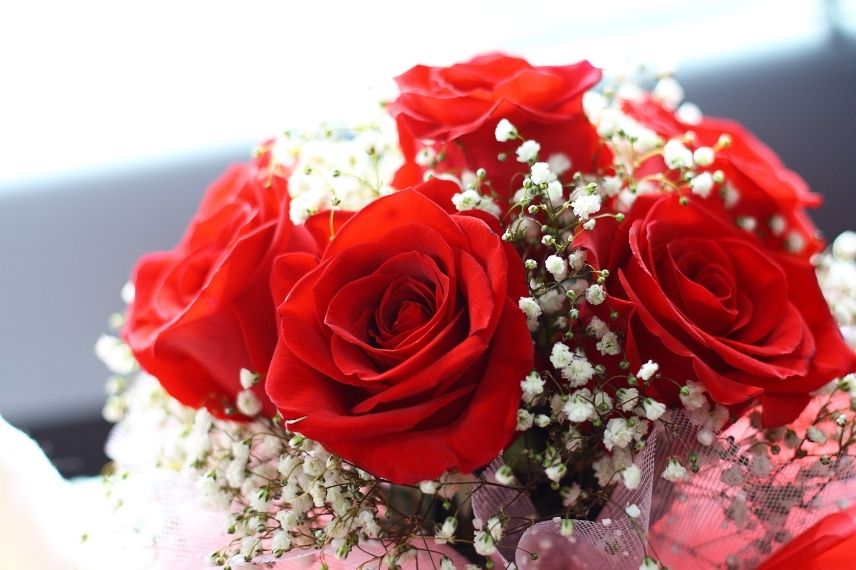
For a bouquet with a country feel
Pair the elegance of roses with airy, wild meadow flowers such as cosmos, carnations and delphiniums, and lighten the bouquet with delicate flowers and foliage like the gaura, the coriander flowers, the raspberry foliage or ivy.
You can also add some full-petalled flowers such as hydrangea, peonies or Lisianthus, to play with shapes and give an even more generous look to your bouquet of roses.
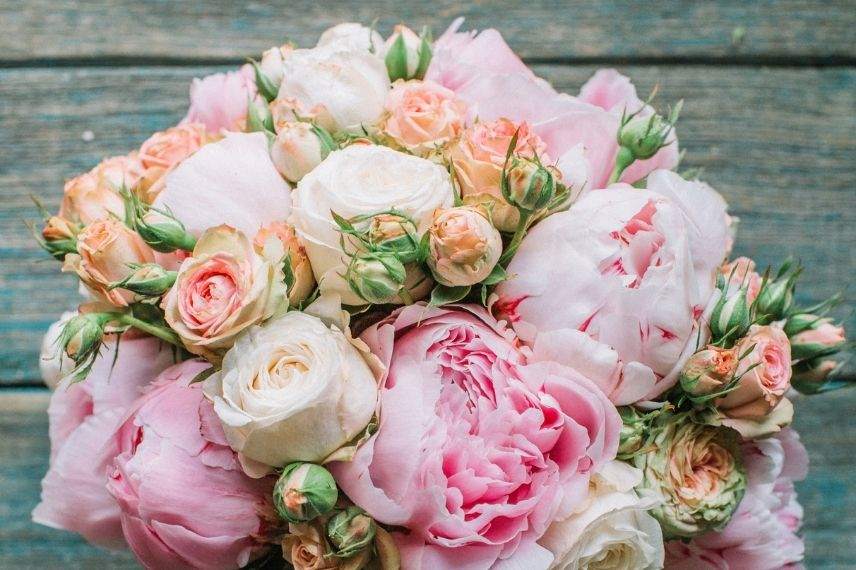
For a colourful bouquet
If you like monochrome bouquets, choose roses of the same colour and pair them with foliage or green flowers. If you’re an ardent fan of roses, make a simple round bouquet of roses in your favourite colour, packing them closely together.
You can also play with two or three colours. By adding flowers in a shade close to the roses, you’ll create a subtly nuanced bouquet, with gradations from pink to white or from mauve to pink, for example.
By combining complementary colours, you can play withcontrasts and achieve a vibrant bouquet, purple and yellow for example or red and green.
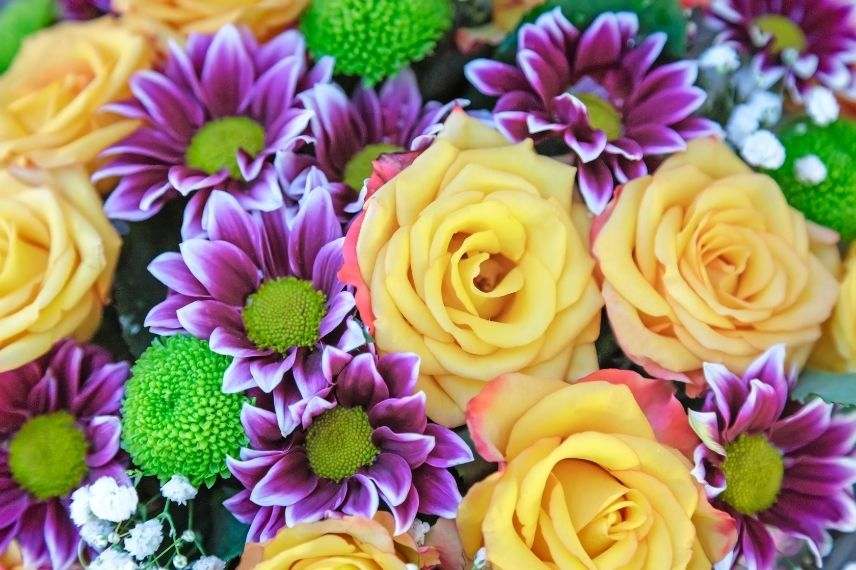
To make a bouquet last as long as possible: prepare roses properly
- Remove lower leaves from the bottom two-thirds of the stem without damaging it. This prevents them from sitting in vase water and causing mould.
- Remove also thorns to avoid pricking your fingers. To do this, gently slide the blade of a box cutter or a well-sharpened, disinfected knife along the stem.
- Cut the end of the stem at an angle using a well-sharpened, disinfected pruning shear.
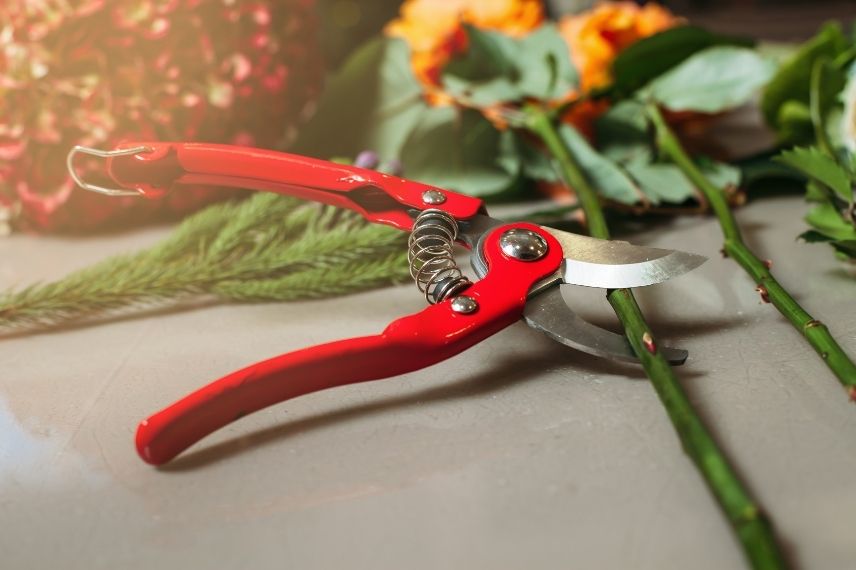
Keeping vase water and bouquet fresh
- Use a clean vase. You can clean it with a little bleach water if necessary.
- Change the water daily or every two days.
- Clean the vase each time you change the water to remove any risk of rot.
- Add a special powdered flower food for cut flowers to the water. This can help prolong your bouquet’s life. If you don’t have any, you can also add a spoonful of caster sugar or bicarbonate of soda to the water.
- Remove spent flowers to slow decay.
- Trim stems slightly and always at an angle with clean pruning shears.
How to display your bouquet
Choose a spot that is not too warm and avoid placing the vase in direct sunlight.
We also advise against placing the vase near a fruit bowl. Indeed, some fruits, such as apples and bananas, produce ethene, a gas that accelerates ripening and causes cut flowers to wilt more quickly.
To learn more
Discover our complete collection of rose bushes.
- Subscribe!
- Contents
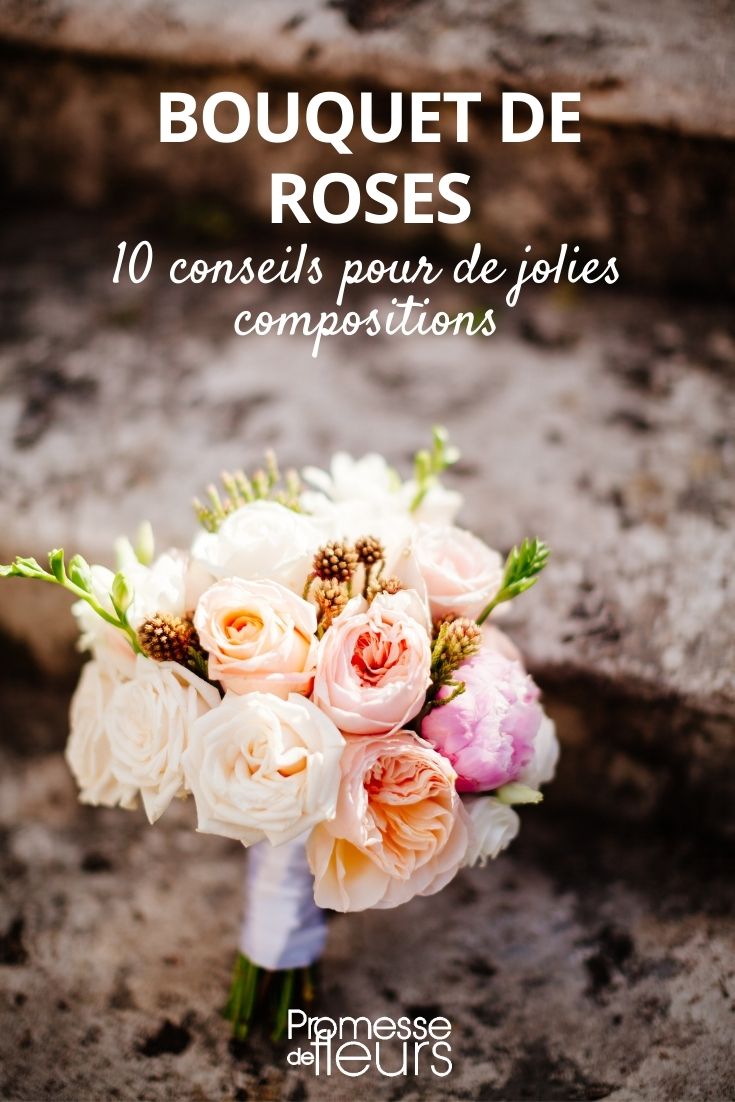































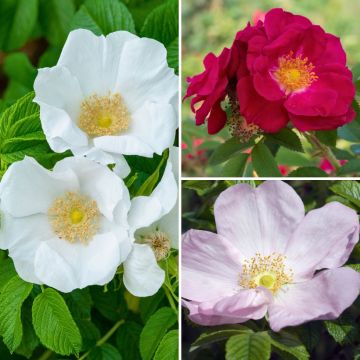
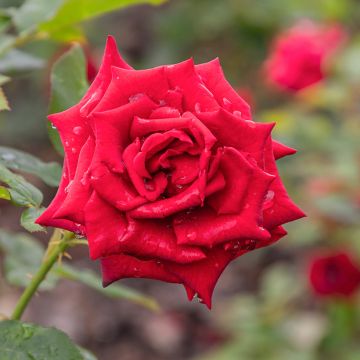
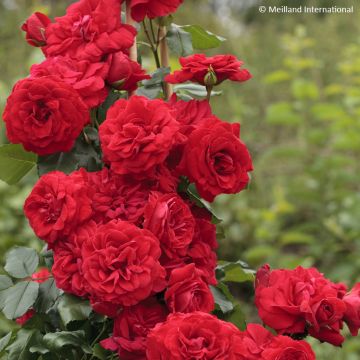
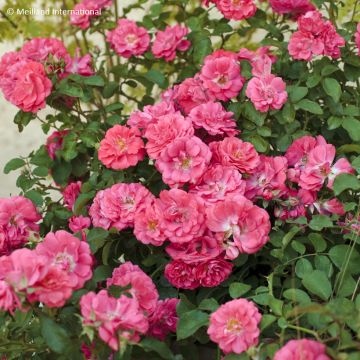
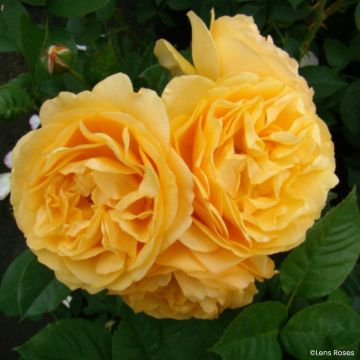
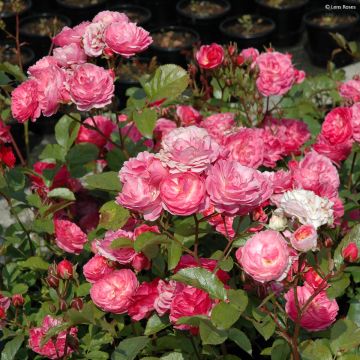
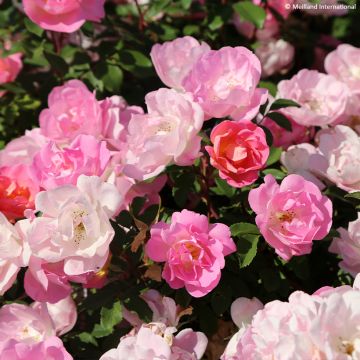
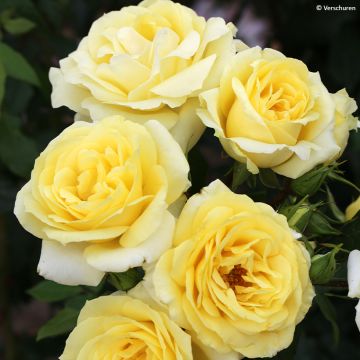
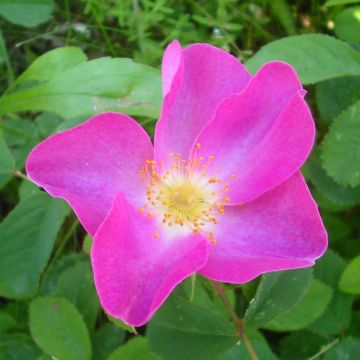

Comments